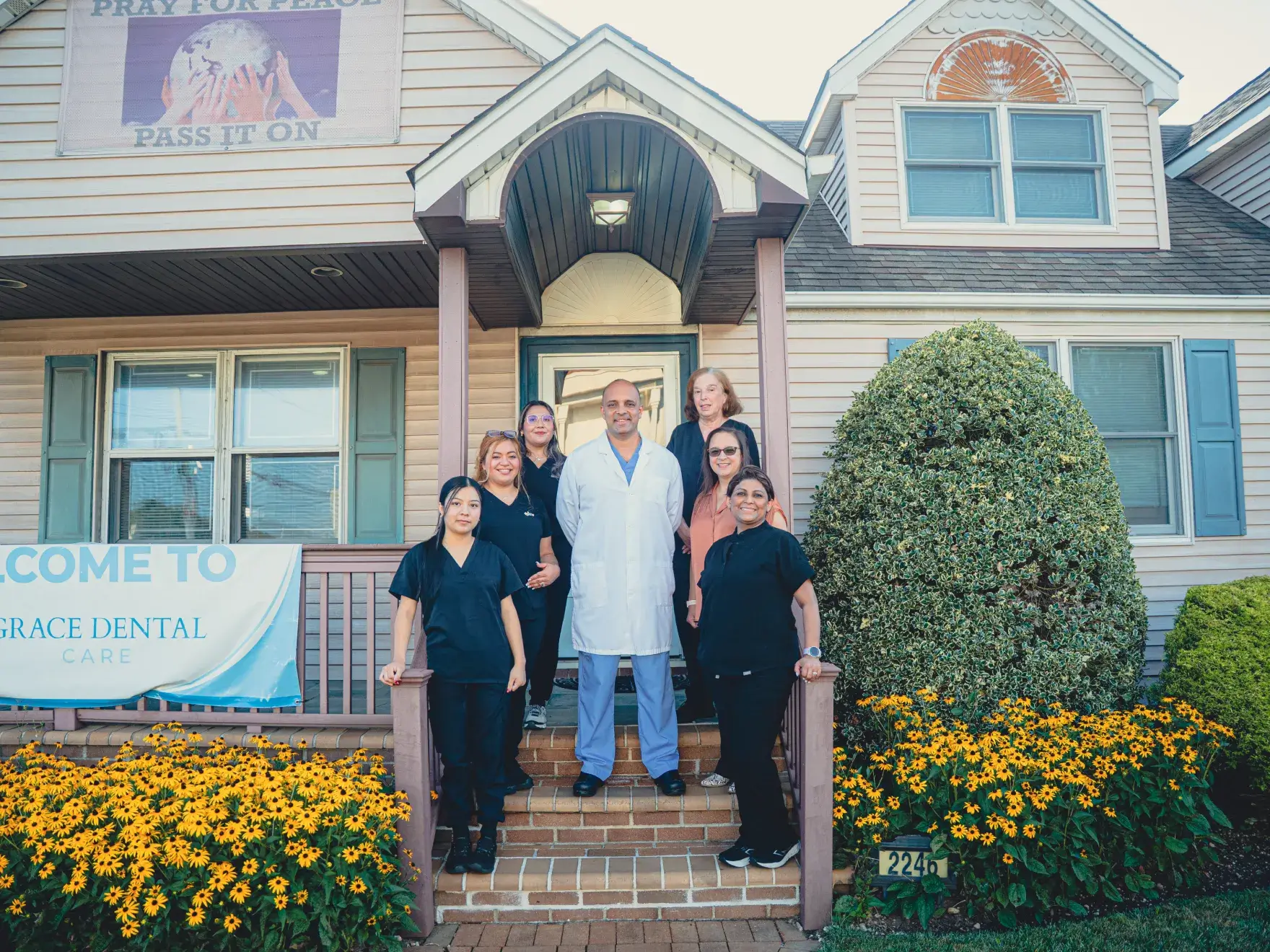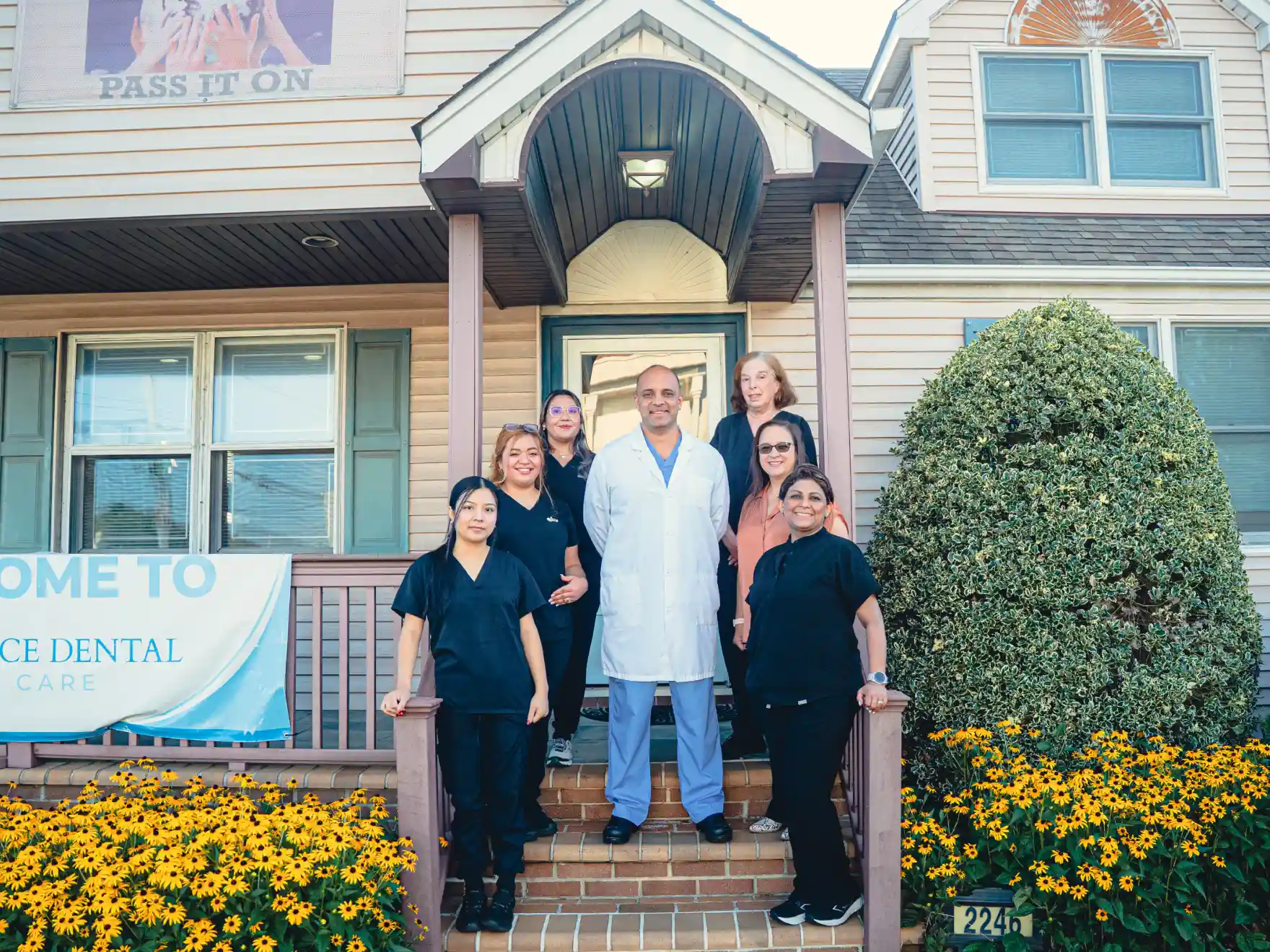Understanding Dental Anxiety
Past Traumatic Experiences
Fear of Pain
Loss of Control
Embarrassment
How We Address Dental Anxiety



Understanding Dental Anxiety

Laughing Gas
- What it is: A mild sedative that is inhaled through a small mask that fits over your nose. It is commonly referred to as laughing gas because of the euphoric effects it can produce.
- Benefits: Helps to calm anxiety almost immediately, with relaxation effects that wear off quickly after the mask is removed. This means you can safely drive yourself home after the procedure.
- Ideal For: Patients who need a slight sedation to take the edge off their dental anxiety.

Oral Sedation
- What it is: This sedation method involves taking a prescribed pill about an hour before your dental procedure.
- Benefits: Oral sedation reduces anxiety levels significantly and can induce a state of drowsiness. Patients remain awake but are much more relaxed.
- Ideal For: Patients with moderate anxiety who need a little more help to relax than what nitrous oxide can provide.

IV Sedation
- What it is: Sedative drugs administered through a vein, allowing them to work more quickly and effectively.
- Benefits: IV sedation allows for deep relaxation and in many cases, patients have little to no memory of the procedure afterward.
- Ideal For: Patients with severe dental anxiety or those undergoing longer or more complex dental procedures.




